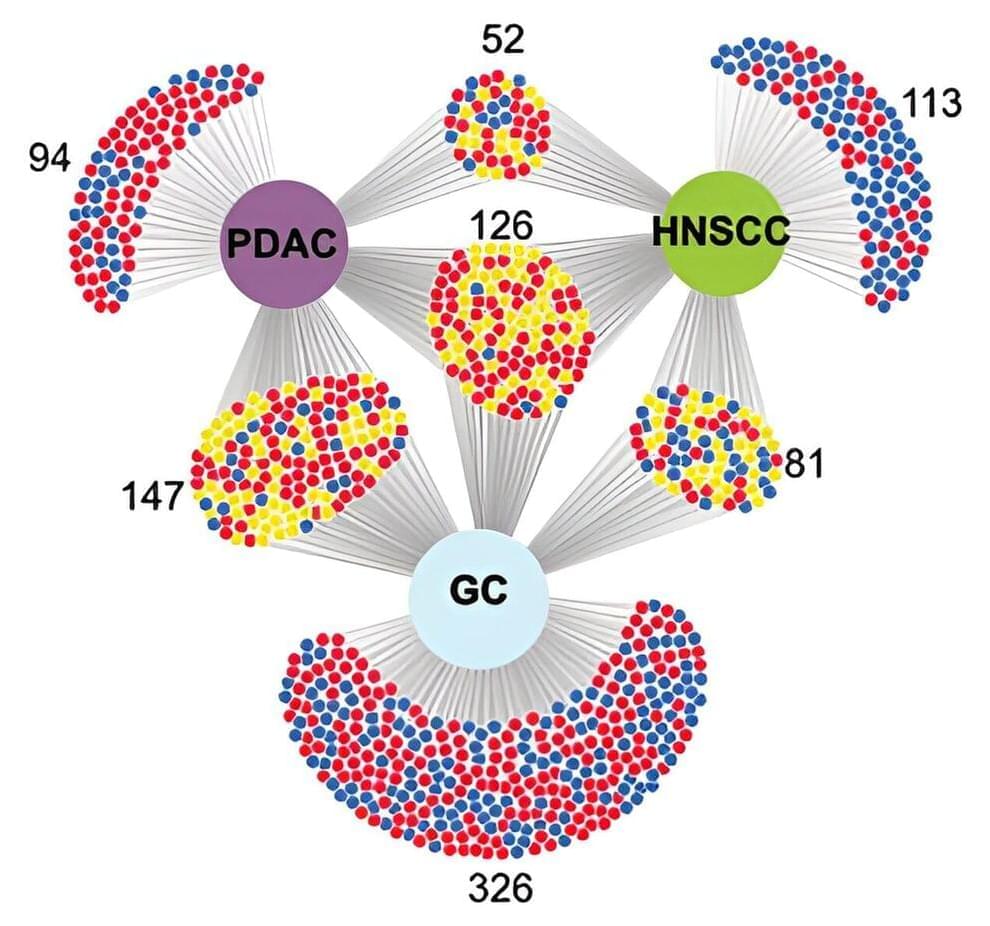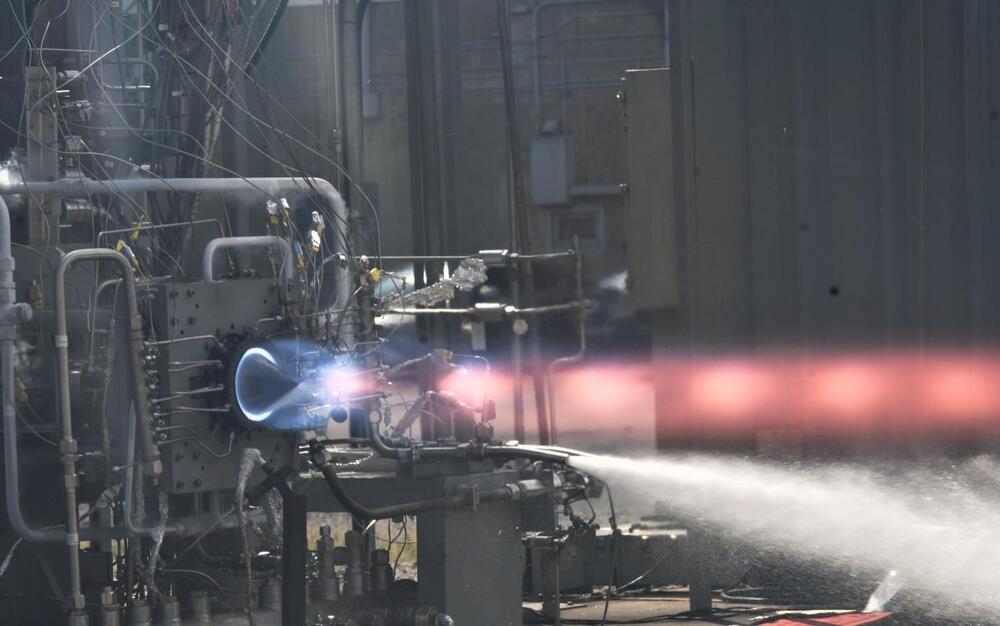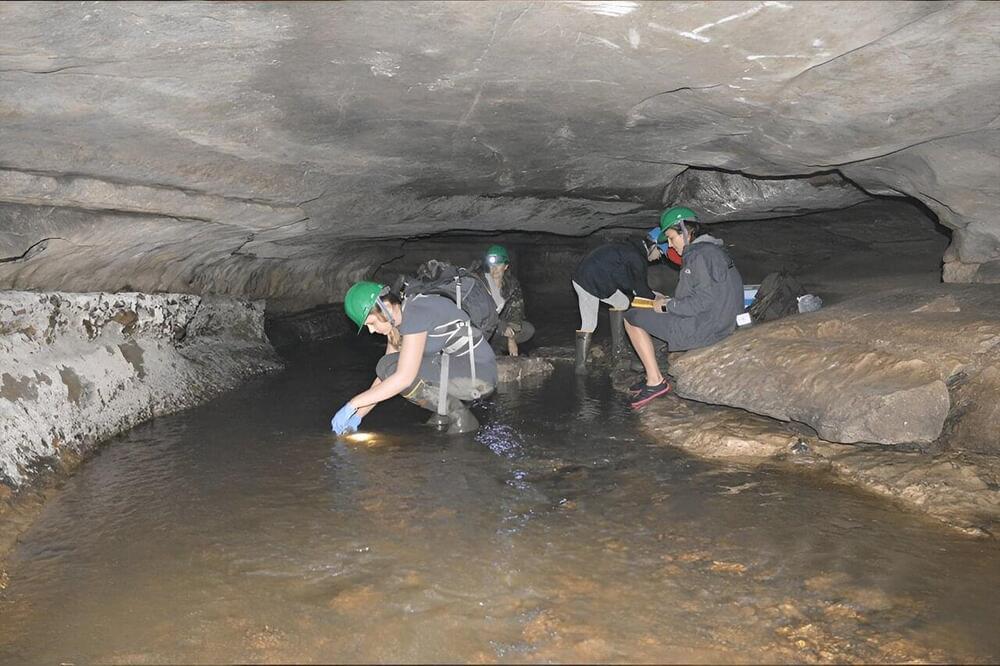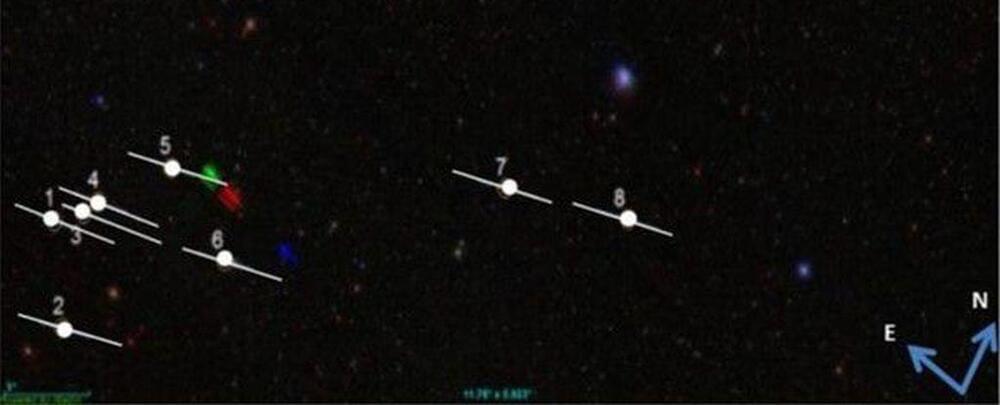While ChatGPT and its associated AI models are clearly not human (despite the hype associated with its marketing), if the updates perform as shown, they potentially represent a significant expansion in capabilities for OpenAI’s computer assistant:
[📸: Getty Images]
On Monday, OpenAI announced a significant update to ChatGPT that enables its GPT-3.5 and GPT-4 AI models to analyze images and react to them as part of a text conversation. Also, the ChatGPT mobile app will add speech synthesis options that, when paired with its existing speech recognition features, will enable fully verbal conversations with the AI assistant, OpenAI says.
OpenAI says the new image recognition feature in ChatGPT lets users upload one or more images for conversation, using either the GPT-3.5 or GPT-4 models. In its promotional blog post, the company claims the feature can be used for a variety of everyday applications: from figuring out what’s for dinner by taking pictures of the fridge and pantry, to troubleshooting why your grill won’t start.








